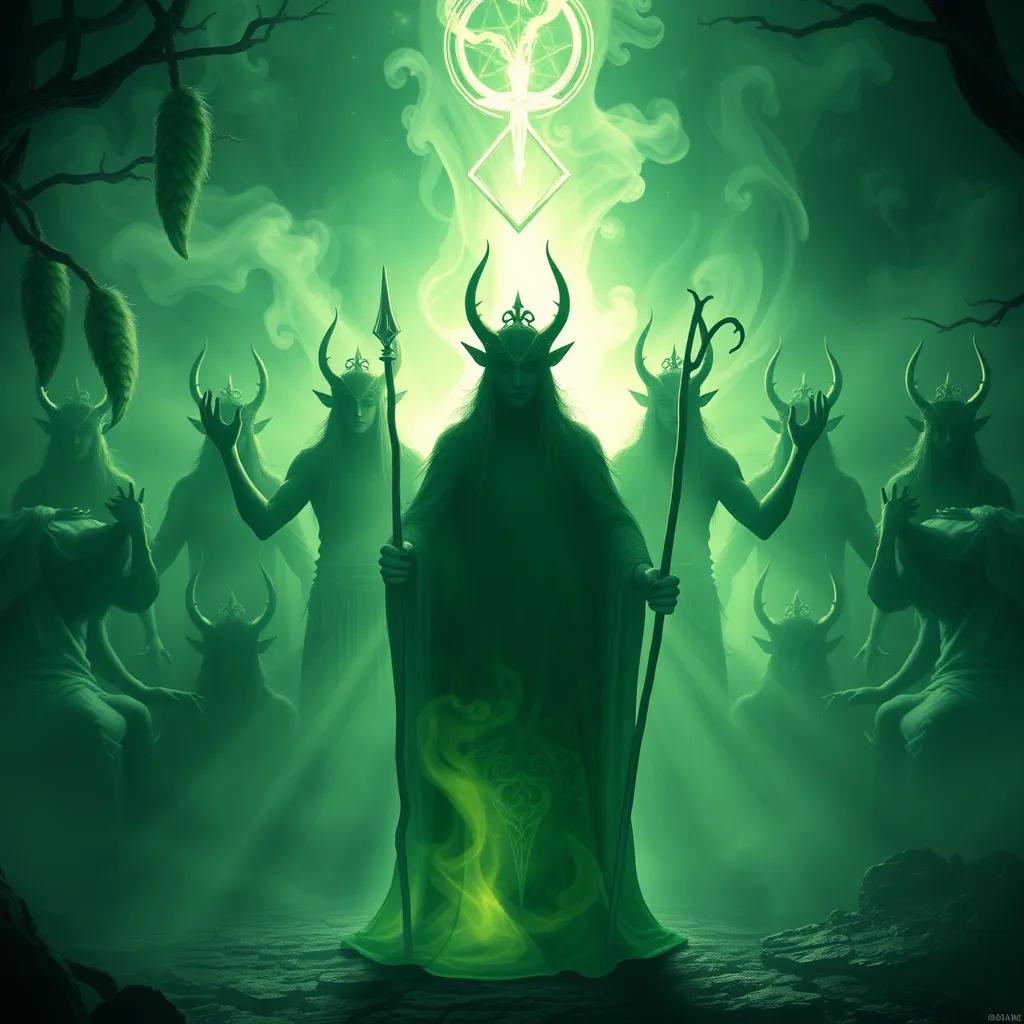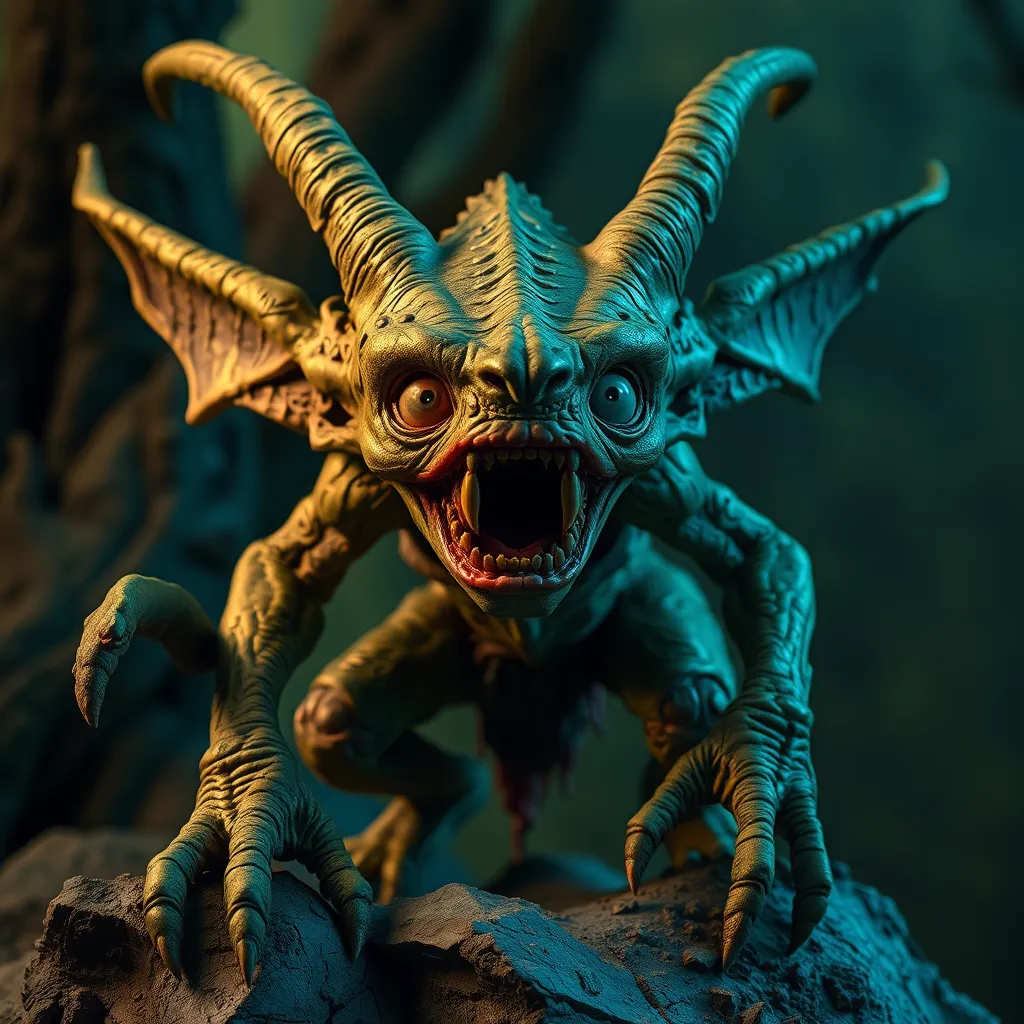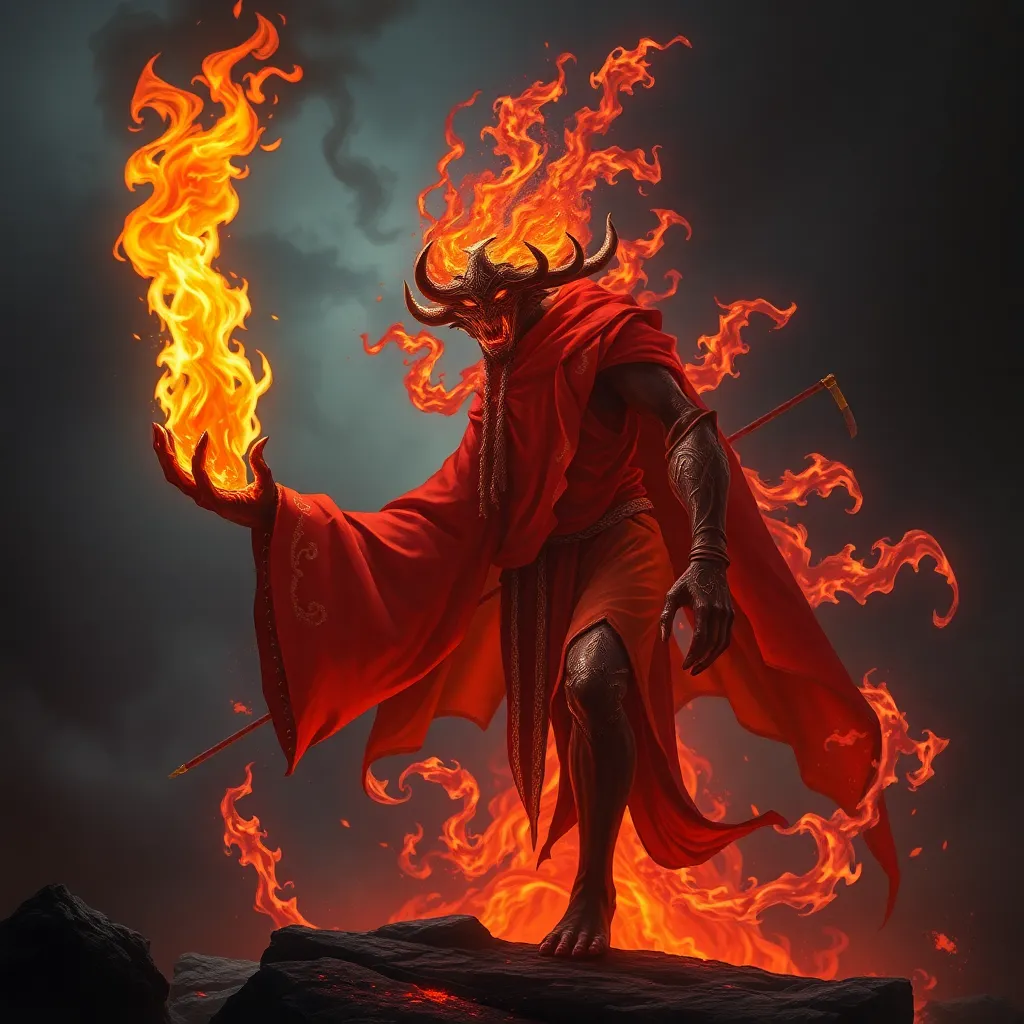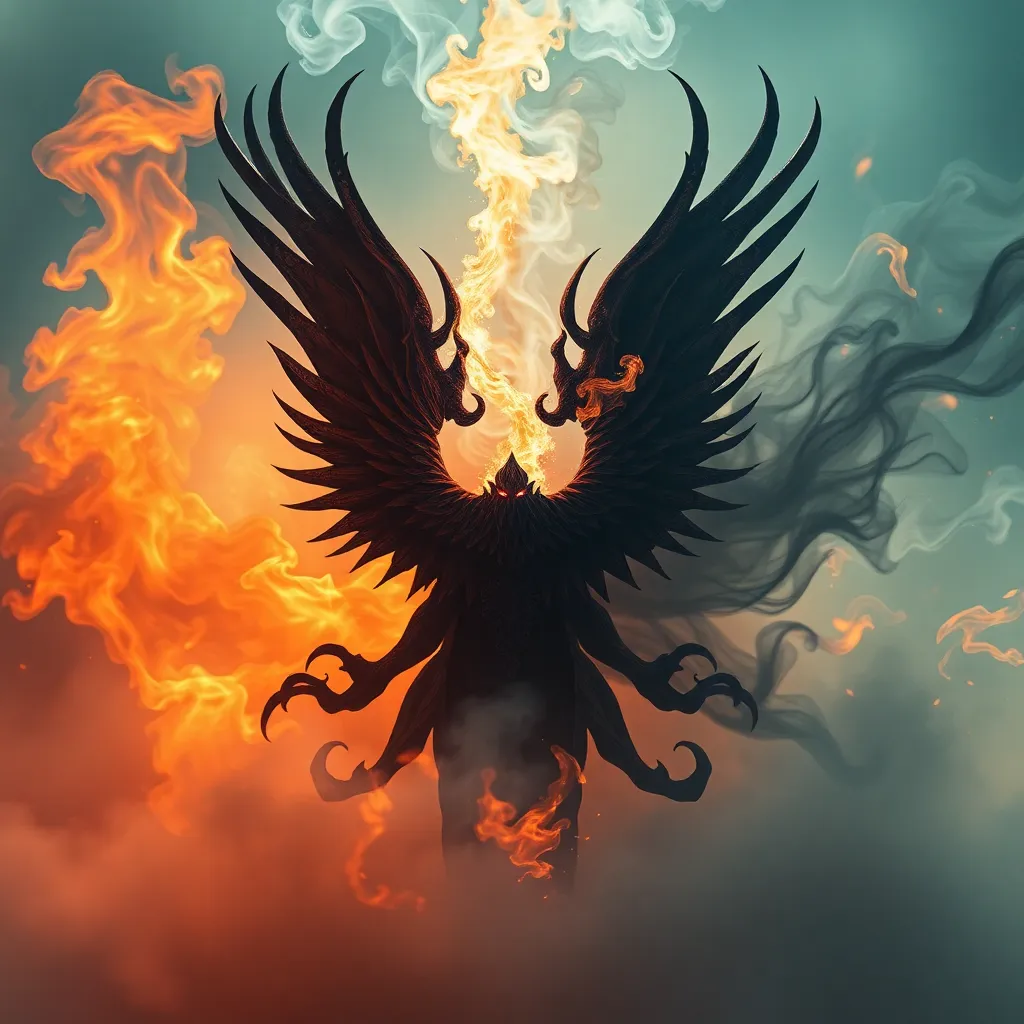The Elven Initiation Rites: Exploring the Rituals of Transition and Maturation in Elven Cultures
I. Introduction
Elven initiation rites are sacred traditions that mark significant transitions in the lives of Elven individuals. These rites serve not only as a passage from one stage of life to another, but also as a profound connection to the rich cultural heritage of the Elven people.
The importance of rituals in Elven cultures cannot be overstated; they reinforce community bonds, instill values, and facilitate a deep connection to nature and the cosmos. This article seeks to explore the various facets of Elven initiation rites, including their historical context, types, symbolism, practices, cultural variations, and the impact of modernity on these ancient traditions.
We will delve into the intricate tapestry of Elven rituals, highlighting their significance and the ways in which they have evolved over time.
II. Historical Context of Elven Rites
The origins of initiation rites in Elven mythology can be traced back to ancient legends that depict the journey of the Elven soul through various stages of existence. These myths often include tales of gods and goddesses who guided their followers through transformative experiences.
Over time, these rituals have evolved, adapting to changes in society and the environment. Historical events, such as wars, migrations, and encounters with other races, have significantly influenced Elven traditions. For instance, the Great War of the Elves led to a re-evaluation of many rites, incorporating themes of healing and reconciliation.
III. Types of Initiation Rites
Elven initiation rites can be categorized into three main types:
- Rites of Passage: These rituals mark the transition from childhood to adolescence. They often involve tests of strength, wisdom, and connection to nature.
- Rites of Maturity: This category encompasses the ceremonies that celebrate the transition to adulthood. They typically include vows of responsibility and commitment to the community.
- Rites of Wisdom: As Elves age, they undergo rites that acknowledge their transition to elderhood. These rituals often involve the sharing of knowledge and the assumption of mentorship roles within the community.
IV. Symbolism and Significance
The symbolism embedded in Elven initiation rites is rich and varied:
- Common symbols: Nature, light, and the cycles of the moon often feature prominently in Elven rituals, representing growth, renewal, and the passage of time.
- The role of nature: Elves have an intrinsic connection to the natural world, and many initiation rites take place in sacred groves, near rivers, or under starlit skies, emphasizing harmony with the environment.
- Spiritual significance: These rites serve to strengthen communal ties, affirming the importance of each individual’s role within the larger tapestry of Elven society.
V. Ritual Practices and Components
Ritual practices among the Elven cultures are diverse and can include:
- Ceremonial gatherings: These are communal celebrations that involve the entire community, fostering a sense of belonging and shared identity.
- Role of music and dance: Music, dance, and storytelling are integral to Elven rituals, often serving as a means to convey history, values, and the essence of their culture.
- Use of artifacts: Sacred objects, such as ceremonial staffs, amulets, and nature-based items (like feathers and stones), are commonly utilized to enhance the spiritual energy of the rites.
VI. Cultural Variations Among Different Elven Clans
Elven cultures are not monolithic; there are notable regional differences in initiation practices:
- Regional differences: For instance, the forest-dwelling Elves may incorporate more nature-based elements into their rites, while mountain Elves might emphasize strength and endurance.
- Unique customs: Each clan has its own distinct customs and beliefs, which can lead to variations in the rituals performed. Some might celebrate the full moon, while others might honor the changing of the seasons.
- Inter-clan exchanges: Despite these differences, there are also inter-clan influences where clans share and adopt elements of each other’s rites, enriching their own traditions.
VII. The Impact of Modernity on Elven Initiation Rites
As societies evolve, so do their rituals:
- Changes due to societal evolution: Many Elven communities have adapted their initiation rites in response to the challenges of modern life, such as urbanization and globalization.
- Preservation efforts: There are ongoing efforts within Elven communities to preserve traditional rites, often through education and cultural festivals that celebrate their heritage.
- Integration of new elements: Modern influences have led to the incorporation of new elements into rituals, allowing for a harmonious blend of tradition and contemporary practices.
VIII. Conclusion
Elven initiation rites are a rich tapestry of tradition, spirituality, and cultural identity. They serve as vital markers of transition and maturation, connecting individuals to their community and their environment.
The enduring significance of these rituals in contemporary Elven cultures highlights their resilience and adaptability, ensuring that the essence of Elven identity remains vibrant even in the face of modern challenges.
As we look to the future, the evolution of Elven initiation practices will likely continue, reflecting the dynamic nature of culture while honoring the timeless traditions that have shaped the Elven way of life.



